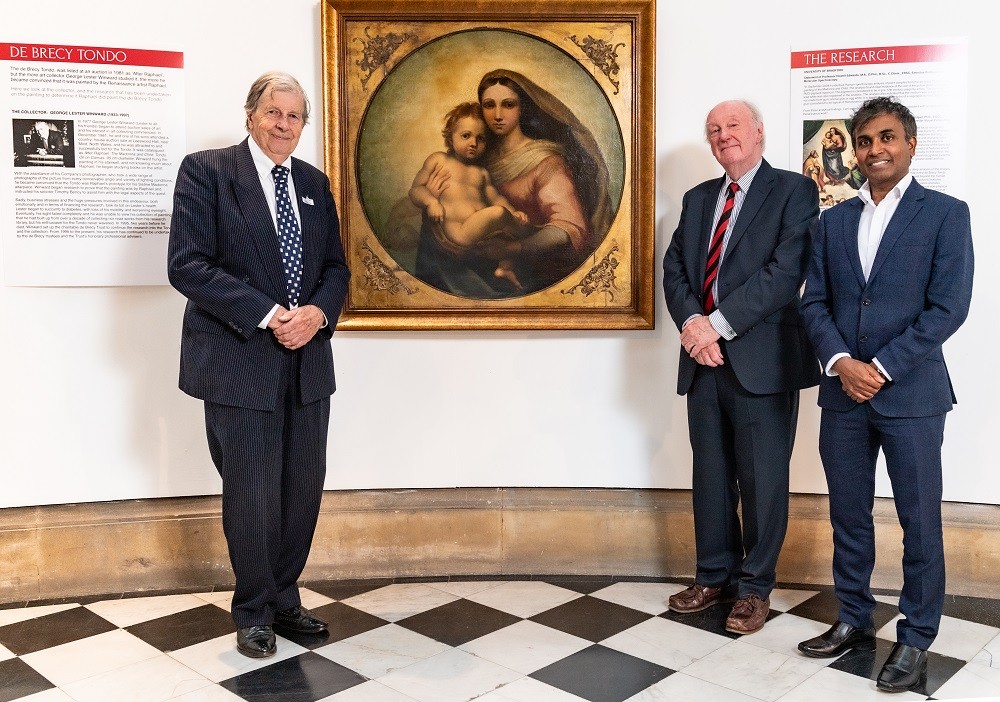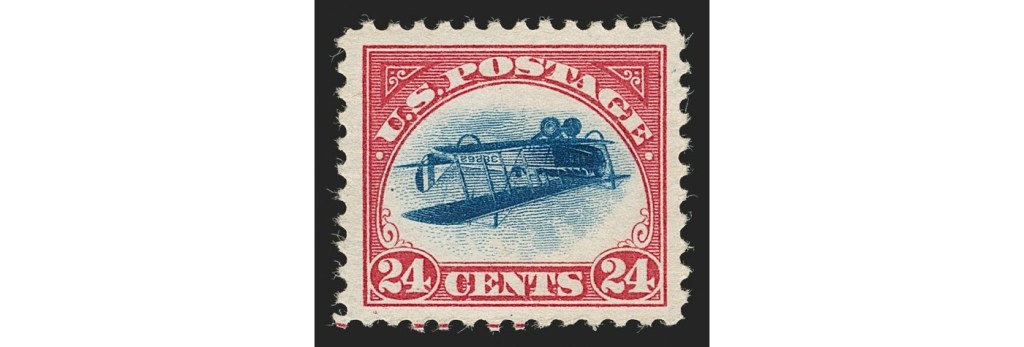When scientists said that they had used artificial intelligence to determine that Raphael had, in fact, painted a work whose attribution had long been contested, they received rapturous praise in publications across the globe.
But now a more complicated picture of the situation has emerged, with some experts questioning the accuracy of the attribution. One scientist’s study of the attribution suggested a completely different result from the one used to certify the Raphael attribution, and two museum professionals told the Guardian Saturday that AI had a high likelihood of being incorrect.
There are many uncertainties about the painting, titled the de Brécy Tondo—including the date it was made. Some historians believe the work is a copy made during the Victorian Era, more than three centuries after Raphael died. Others have newly made the case that it does date to the time of the Renaissance.
Then there is the fact that its composition closely recalls a part of a far more famous painting whose Raphael attribution is certain: the Sistine Madonna (ca. 1513), which hangs in the Gemäldegalerie Alte Meister in Dresden, Germany. The de Brécy Tondo features a similar-looking Madonna holding her child, minus the angels beneath her and the other two figures by her side.
Researchers in Nottingham and Bradford claimed that, by having AI study the Sistine Madonna, they were able to determine a 97 percent similarity between its female figure and the one in the de Brécy Tondo, and an 86 percent similarity between the babies in the two paintings. For that reason, the researchers wrote, the two paintings are “highly likely to have been created by the same artist.”
After their findings were released in January, the work went on view to the public for the first time ever this past July at the Cartwright Hall Art Gallery in Bradford, England, not far from the university where research was conducted on the work.
In an announcement touting the research, the Cartwright Hall Art Gallery stated that “artificial intelligence-assisted computer-based facial recognition showed the faces in the paintings are IDENTICAL to those in Raphael’s famous altarpiece.” YetCarina Popovici, a scientist who works with the Swiss company Art Recognition, has now said otherwise.
She told the Guardian that her findings were entirely dissimilar. Relying on research conducted via algorithms, she said there was an 85 percent chance that the de Brécy Tondo was not authored by Raphael.
Queried by the Guardian about his response to the AI attribution of the de Brécy Tondo, Timothy Clifford, who once served as the director general of the National Galleries of Scotland, said that AI was “terribly unlikely to be remotely accurate” about the attribution of artworks. “I do feel rather strongly that mechanical means of recognising paintings by major artists are incredibly dangerous,” he added.
When the Guardian asked the Bradford council about Popovici’s study, a spokesperson said, “It’s the battle of the AIs, I guess.”



